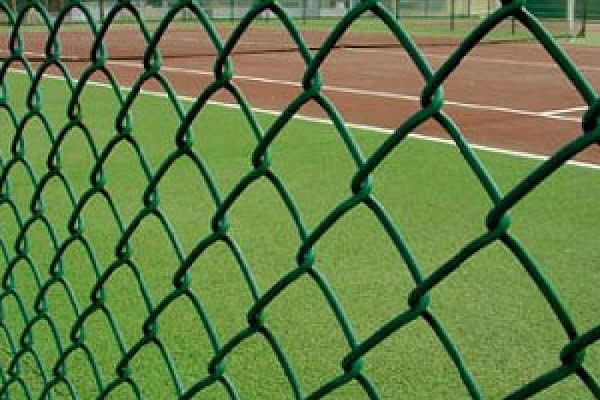 TEL:
+86-13102802206
TEL:
+86-13102802206
 Email:
fencenetting@china.com
Email:
fencenetting@china.com
 Language
Language
 TEL:
+86-13102802206
TEL:
+86-13102802206
 Email:
fencenetting@china.com
Email:
fencenetting@china.com
 Language
Language


The Growing Importance of Aluminium Window Mosquito Nets A Price Perspective
In recent years, the demand for aluminium window mosquito nets has surged, particularly in regions where mosquito-borne diseases are prevalent. These nets serve as a protective barrier against pesky insects while allowing fresh air and natural light to enter homes. This article will explore the factors influencing the prices of aluminium window mosquito nets and their significance in safeguarding public health.
First and foremost, the material itself plays a critical role in determining the price. Aluminium is favored for its durability, lightweight nature, and resistance to corrosion. Unlike traditional materials, aluminium provides a long-lasting solution that does not compromise on aesthetics. The initial investment may be slightly higher than that of cheaper alternatives, like plastic or fiberglass, but the long-term savings on replacements and maintenance make it a cost-effective choice in the long run.
Another factor contributing to the price of aluminium window mosquito nets is the design complexity. Custom-made nets that fit specific window dimensions or incorporate unique features, such as retractable designs or UV protection, generally cost more than standard options. Homeowners are increasingly willing to invest in aesthetically pleasing and functional designs that complement their interiors, driving up the overall price.

The demand-supply equation also significantly impacts pricing. As awareness of the dangers associated with mosquito-borne diseases like malaria and dengue fever increases, more consumers are opting for mosquito nets. This growing demand, coupled with potential supply chain constraints—such as raw material shortages or manufacturing delays—can lead to fluctuations in prices. Consequently, consumers may notice variations in costs depending on the time of purchase or seasonal trends.
In many regions, government initiatives aimed at promoting public health through mosquito control have also influenced pricing. Subsidies or financial assistance programs for households in high-risk areas can lower the cost barrier, making these protective nets more accessible. However, in areas where such programs are absent, prices may remain high, limiting access to essential mosquito protection for lower-income families.
Lastly, installation costs can vary and should be factored into the overall expenditure. While some homeowners may opt for DIY installation to save money, professional installation services ensure that the nets are fitted correctly and securely, thus maximizing their effectiveness.
In conclusion, the price of aluminium window mosquito nets is influenced by a multitude of factors, including material costs, design complexity, demand-supply dynamics, and installation fees. As the health benefits become more widely recognized, investing in these protective barriers not only enhances living spaces but also plays a crucial role in preventing disease transmission. Therefore, it is imperative for consumers to weigh their options and consider aluminium window mosquito nets as a worthwhile investment for their health and well-being.